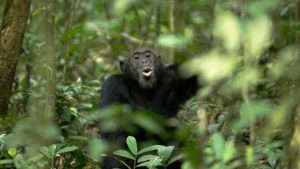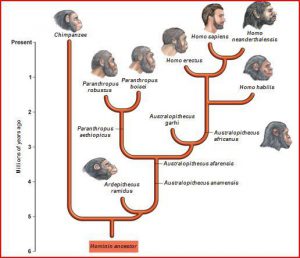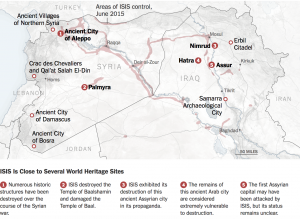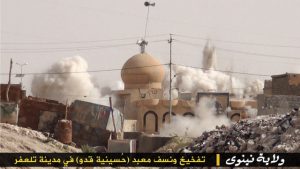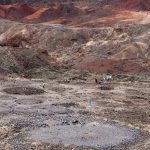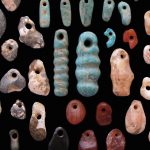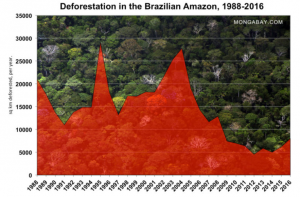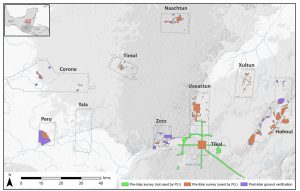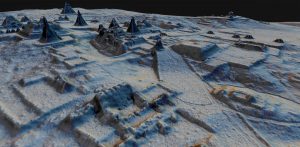Warfare has compromised most all of human existence. This omnipresence of violent conflict begs the question, is war an innate human element? We can attempt to answer this question by looking into our pasts, deep into our pasts.
Chimpanzees, our most closely related ancestor, can provide much insight into our affiliation to warfare. Chimpanzee’s behavior towards outsiders is remarkably violent; they will ambush opposing groups and aggressively kill them. They show, “…systematic and lethal intergroup violence” (Johnson). These actions are acutely similar to those of humans. However, in contrast, bonobos display completely different behavior. Instead of resolving their conflicts through violence, they use heterozexual and homosexual sexual activity to cope. There still is a great amount of discord within their groups, but an almost complete absence of violence; the sexual activity seems to be used for, “…stress reduction, conciliatory purposes and resource competition” (Johnson). This allows there to be much less violence.
The extreme contrast between two so closely related primates then raises another question: why do their forms of conflict resolution differ so greatly? One explanation could be the differing environments they evolved within. For instance, bonobos resided in a stable environment. There was no threat of outside competition, due to the absence of other primates like gorillas, and there was no shortage of resources. Chimpanzee habitats were the complete opposite: they experienced shortages of resources as well as outside competition. This created a dependency on violence to keep their resources and group safe. Humans developed in a very similar environment. Therefore, it can be inferred that chimpanzees and humans share violent tendencies because of their difficult environments.
Violence within humanity has transcended through history because the issue of scarcity has transcended with it. Even the so called “noble savage” is riddled with archeological evidence of gruesome violence. If humans had developed in a stable environment like the bonobos did, would we too solve our conflicts through sex too? If modern humans reach a state of resource stability, can we change our warlike ways or has evolution engrained it within us? Is war actually part of human nature, or does the structure of our society perpetuate the idea that it is human nature?
Work Cited
Johnson, Dominic, and Bradley A. Thayer. “What Our Primate Relatives Say About War.” The National Interest, The Center for the National Interest, 6 Oct. 2014, nationalinterest.org/commentary/what-our-primate-relatives-say-about-war-7996?page=0%2C1.
Image Sources
http://www.bbc.com/earth/story/20150811-do-animals-fight-wars
Additional content
http://www.bbc.com/earth/story/20150811-do-animals-fight-wars

